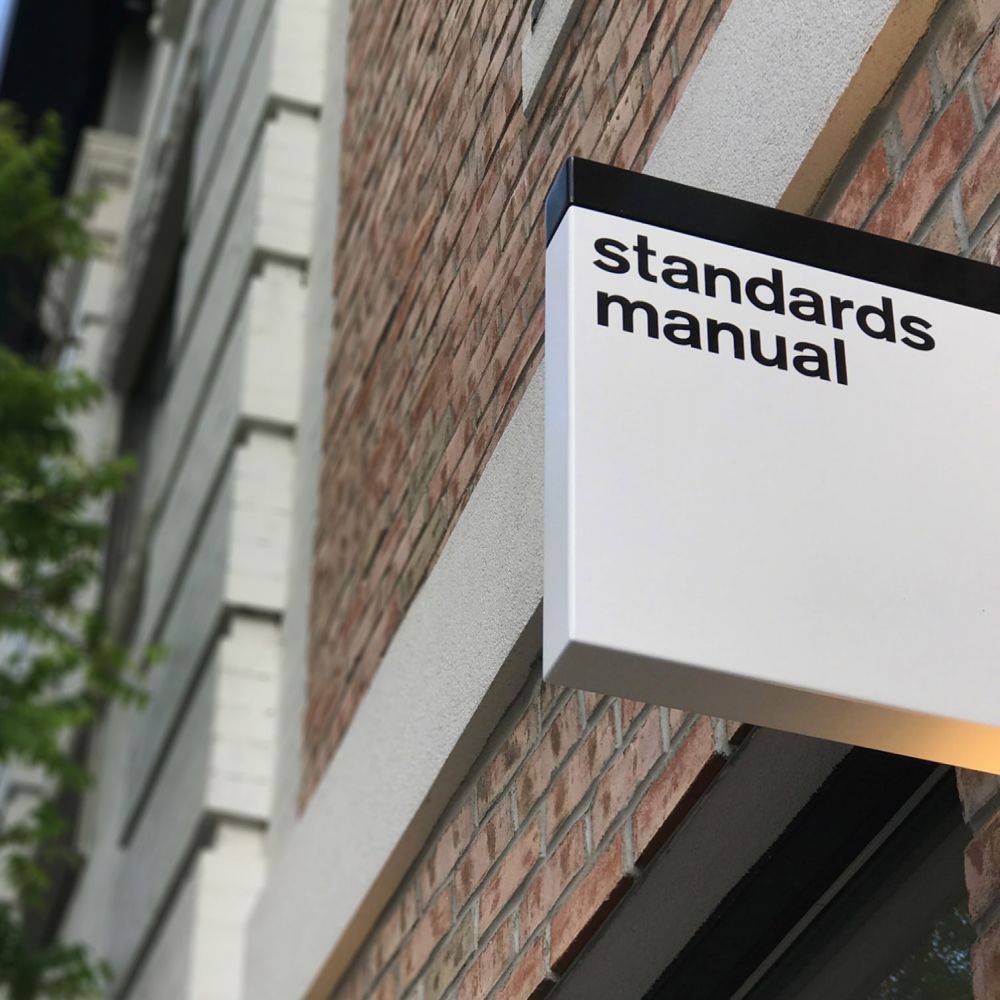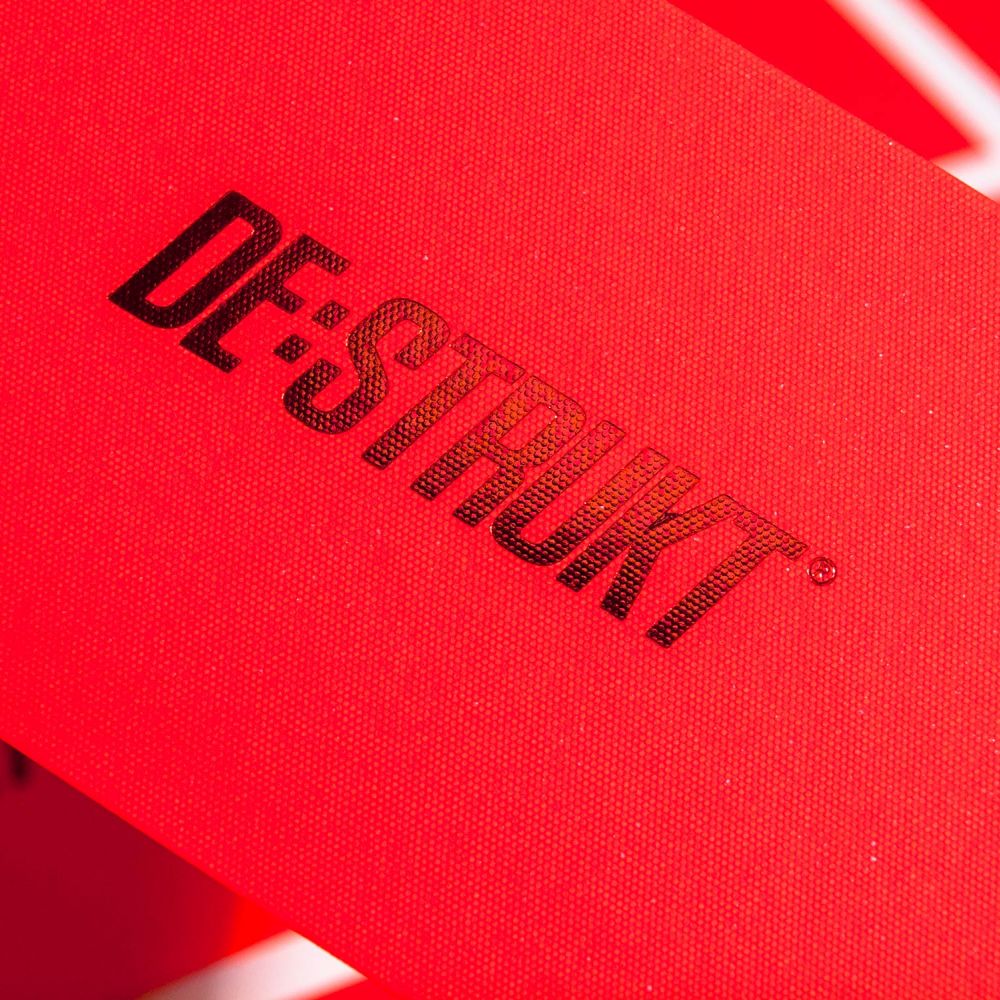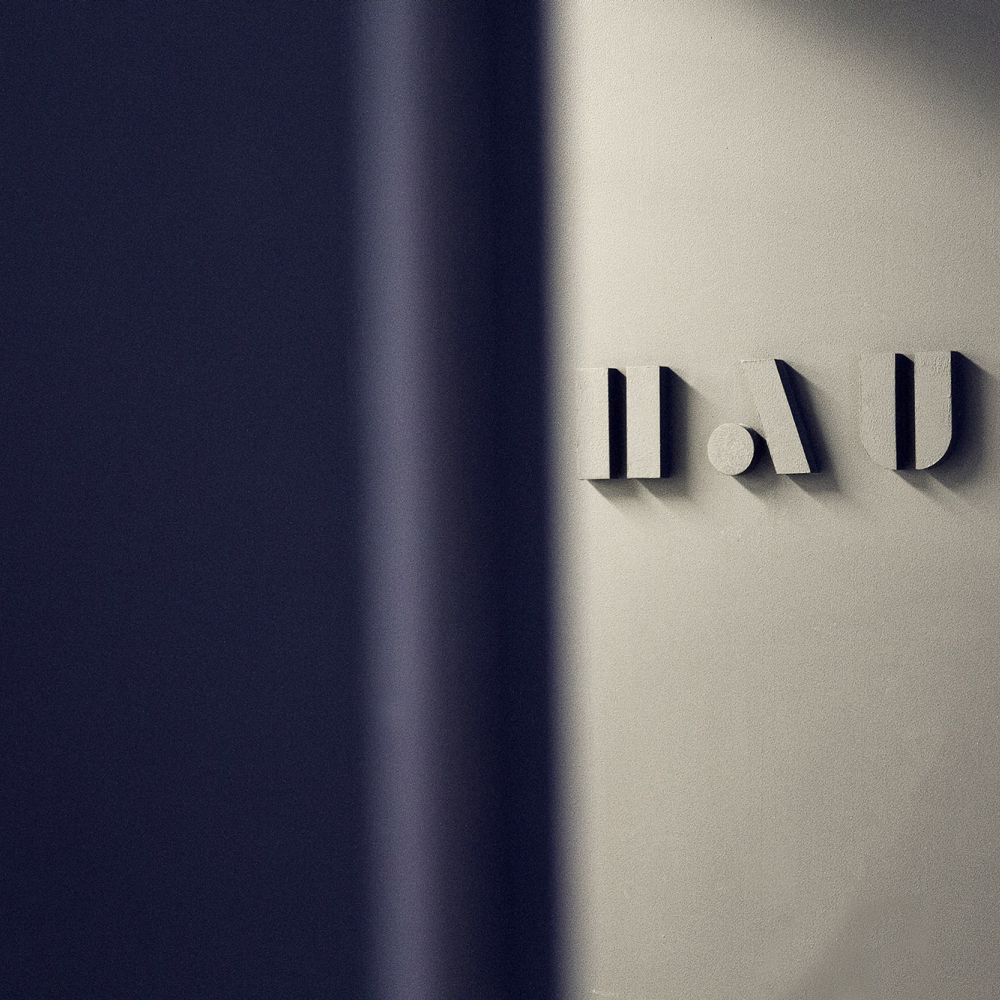
Philippe Archontakis, Co-Founder of byHAUS
Founded in 2014 by Philippe Archontakis and Martin Laliberte, byHAUS is a Montreal based identity design studio. After 15+ years in the industry at separate studios, the duo joined forces to establish their dyadic practice. Designed Space chatted with Philippe about byHAUS's identity design for hockey brand Knapper and their innovative packaging solution for Monsillage Candles. This interview was conducted via email in June 2018.

How did you and Martin meet?
We’ve met in an interactive agency back in 2003(ish) called Cesart. Martin, who was one of the partners at the time, was the first person to welcome me, open arms, and that was the beginning of our story. We’ve worked together for about 3 years.
What made you guys want to start ByHaus together?
We left Cesart around the same time and went our separate ways but stayed in touch sharing our passion for graphic design. Many years passed by and we were at the crossroads in our careers. So we decided to join our passion and start a studio exclusively dedicated to identity design.
How did you attract new clients during the beginning of ByHaus?
Since we were pretty active for 15+ years before, we had many contacts and, of course, word of mouth helped us a lot.

After leaving Cesart, you founded a design agency and worked there for 6 years. Why did you decide to leave and start byHAUS? I imagine it was hard walking away from something you created.
Absolutely. Leaving a company when business is good and friendship is at the heart of each project was a pretty hard thing to do. But the studio was taking a digital experience direction. We were 4 partners and I was the only graphic designer. I had difficulty dealing with the fact that identity design was not at the core of each project. The storytelling, the technology, and the gear were more important.
Does your studio culture affect the work you output?
Obviously, the fact that we specialize in identity design influences each of our actions, our readings and our approach to projects. But, in the end, I don’t think that we have a style per se. Every client is unique, every brief is also unique so we hope that the output reflects that.
How do projects flow through the studio? Do you use certain software or have a project manager perhaps?
Pretty old school way: Post-its on a wall, but very organized. We are the project managers. I had a client who used to say, "Plan your work. Work your plan." Great advice.
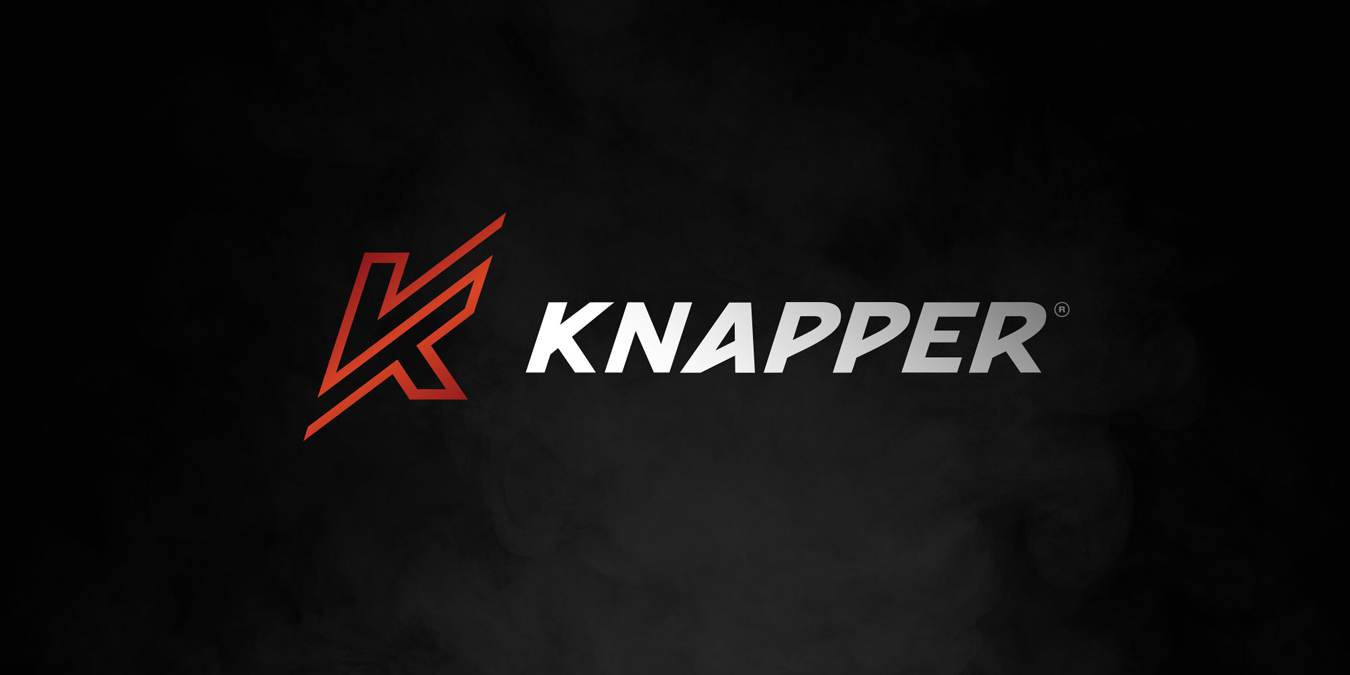
As a hockey player myself, I’m very interested in the work you’ve done for the dek hockey brand, Knapper. How did this project come about?
As soon as Sugi Sport bought Knapper, they were convinced they needed a new identity for this dek hockey branch: everything was all over the place, no coherence at all. They contacted us to define the "great graphic gesture" of this brand. We succeeded by selling them the idea to have an aggressive/disciplined look and feel. We had the opportunity to develop many tools that were out of our comfort zone (hockey sticks, shoes, gloves, shirts, bags, balls). Thus, to obtain a product line strongly signed by the new identity system, certain portions of our graphic design work were close to industrial design. It was a particularly stimulating experience.
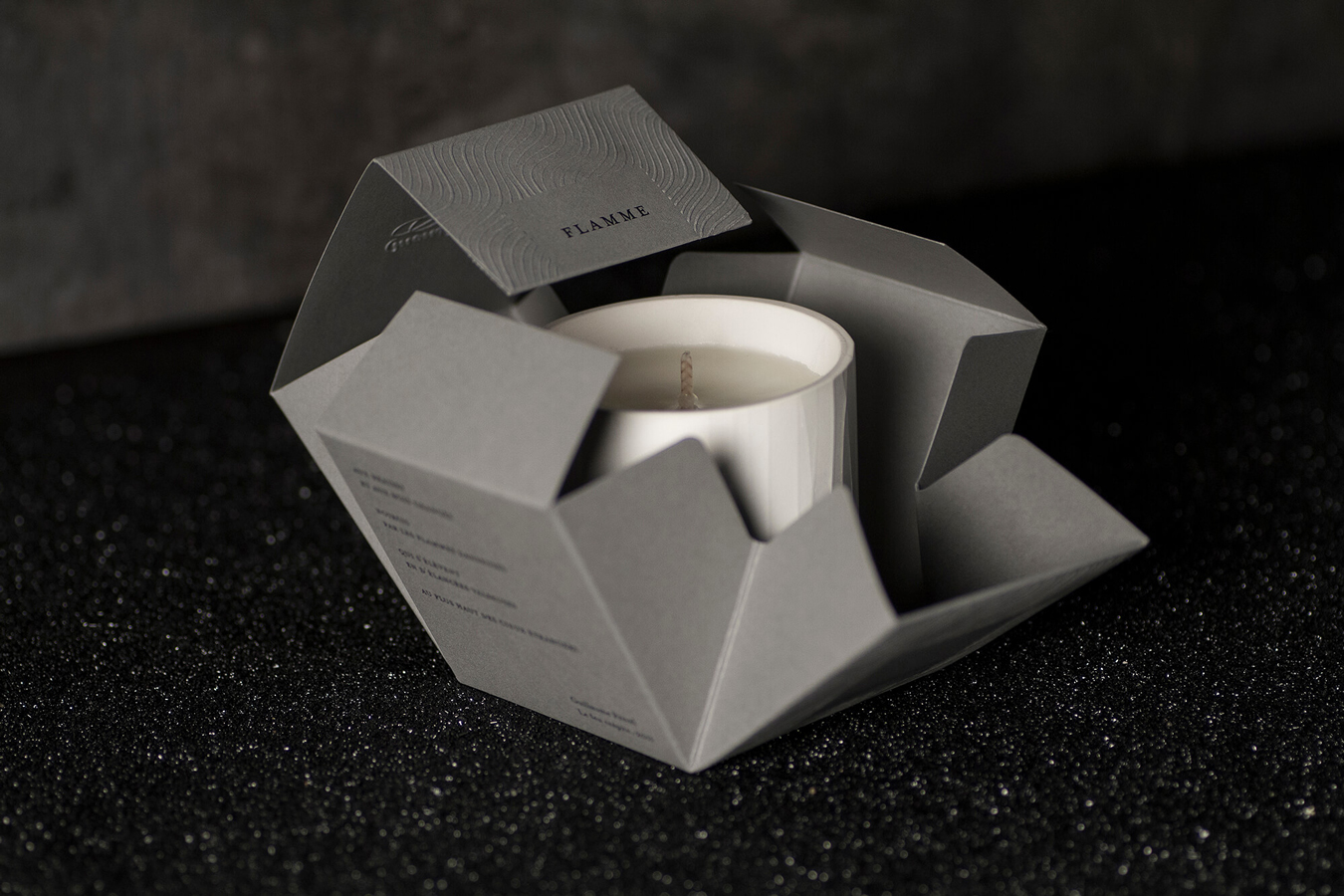
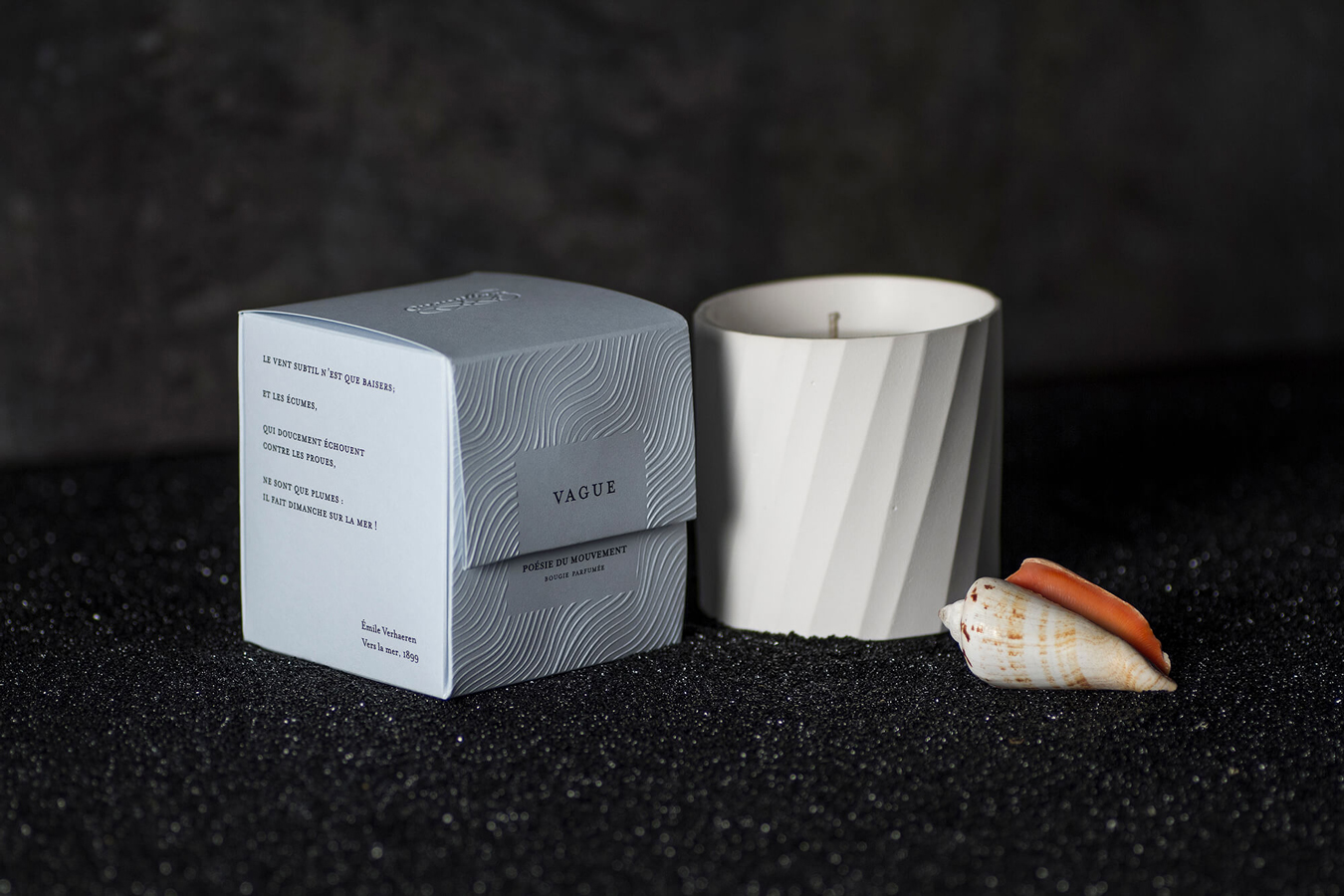
Your packaging solution for Monsillage candles is absolutely brilliant. Was there a lot of testing when creating the packaging template?
Of course, we do a lot of prototyping. It helps us understand the interaction. The client came to us with 3 different ceramic molds and a general theme: movement. She wanted something poetic and visually soft. A minimalist approach was considered. The blind emboss and the pastel represented the series well: dune, wave, flamme.
How do you guys recharge between projects?
Since we always have 2 to 3 projects at the same time, the in-between part does not really exist. But we’re actually working on a book about our approach to identity design, very, very part-time. Aside from that, Martin draws plenty (he’s very good by the way) and I’m learning the guitar. I guess that our kids also help us recharge.
With ByHaus being just you and Martin, are there plans for future growth or do you guys want to stay lean?
Staying lean is our wish. It allows us to choose clients, guarantee a high level of quality and be very flexible. Maybe we would hire a designer or two within the next 2 years but not more.
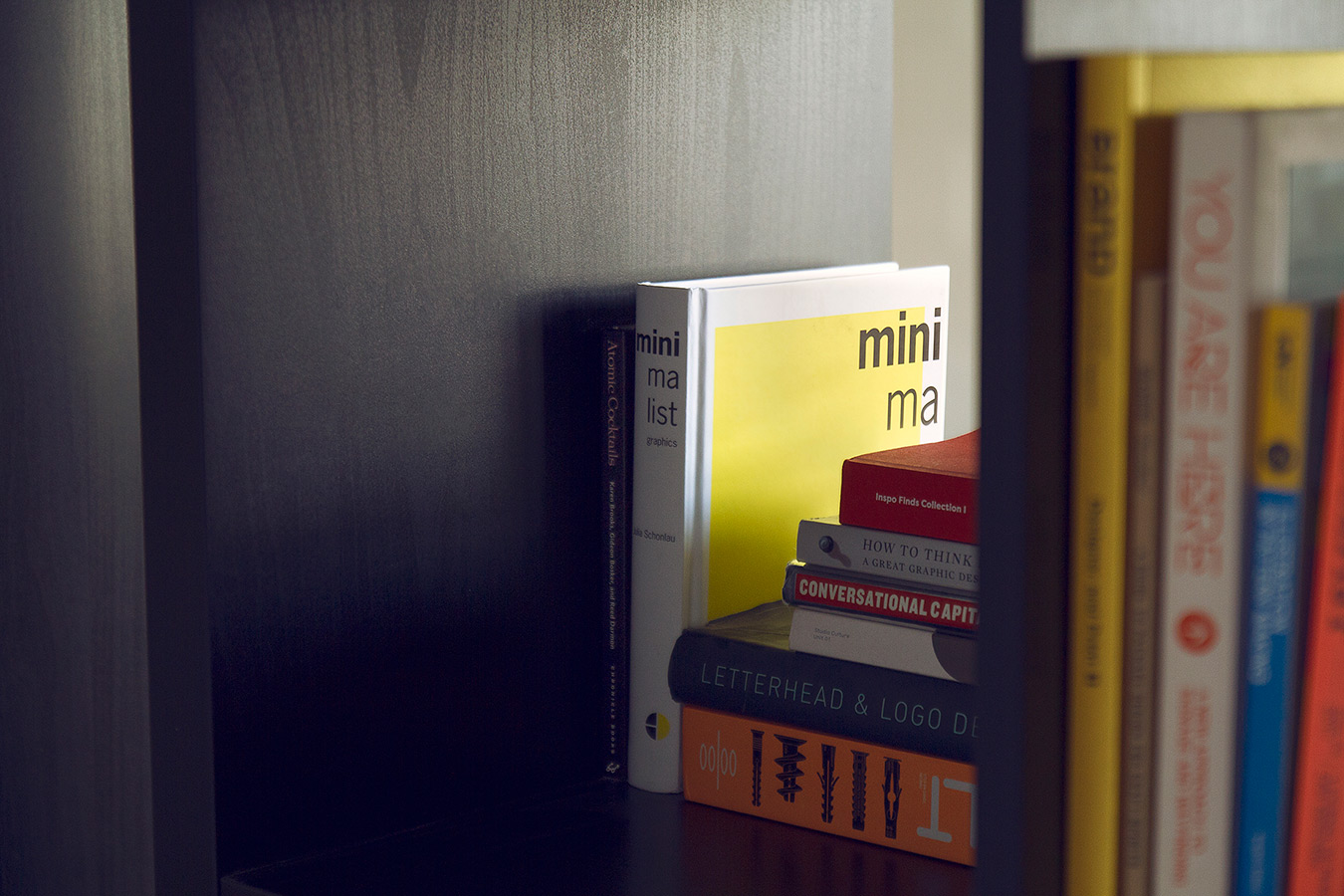
What is the most challenging aspect of running a studio?
Learning to say no and choosing the right client/project.
Any advice for someone thinking of starting their own studio?
Yes, we have 3:
Don’t pitch.
Remember why you started this in the first place.
Having your own studio is 20% designing. The rest is selling, convincing, managing, billing, networking, etc.
